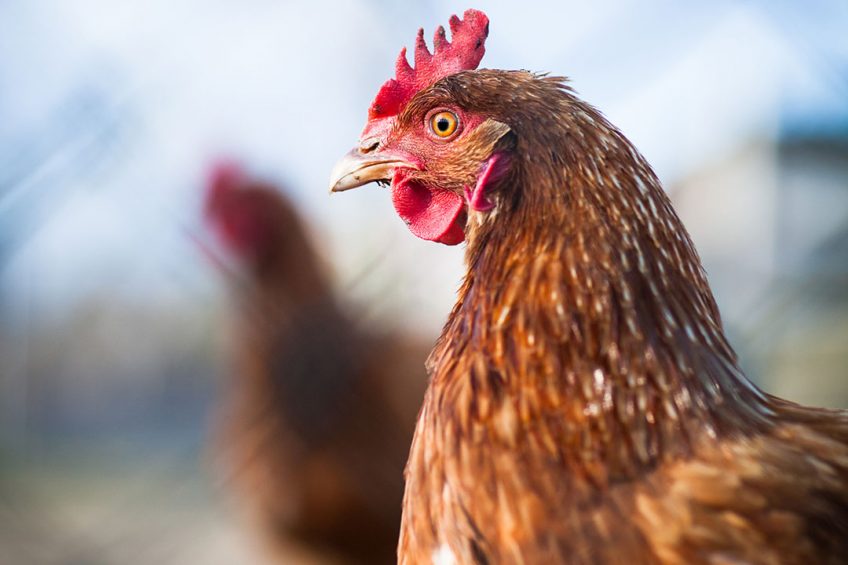Italy: Cost of 2016-2017 avian influenza outbreak revealed

New research has revealed the impact of the European outbreak of avian influenza (AI) in 2016 and 2017 on Italian poultry producers and developed strategies for better control if a similar situation arises.
Over the period, more than 1,200 outbreaks hit European producers, with high mortality rates and huge economic losses. The virus was spread primarily by wild waterfowl, with hundreds of cases reported across the continent.
2.7 million domestic birds affected
Italy was heavily affected, according to Istituto Zooprofilattico Sperimentale delle Venezie (IZSVe) an Italian public health authority. Some 2.7 million domestic birds were affected across 83 farms, mostly in the north of the country.
The outbreaks occurred in 2 distinct epidemic waves:
- The first between December 2016 and May 2017
- The second lasting between July and December 2017.
The virus circulation was markedly more intense in the second epidemic wave, leading to 67 outbreaks in poultry farms (about 80% of the total cases recorded in domestic birds).
And control reportedly cost some €40m in the country.
Check out the interactive Poultry Health Tool – with the latest insights on the 40+ most common poultry diseases.
Approving the future management of epidemics
With the aim of improving the future management of epidemics, a team of researchers at the IZSVe, composed of epidemiologists and virologists, adopted a multidisciplinary approach integrating epidemiological and phylogenetic information, allowing to reliably track the disease spread among farms and to re-modulate the containment strategy almost in a real-time fashion.
Information collected on-field via epidemiological investigations (e.g. affected species, geographical distribution, movements of people, animals, and vehicles, and environmental characteristics) were integrated with the results of genomic analyses, to assess how the epidemiological situation was evolving and to detect how the disease could have spread among farms.
“In general, such analyses are made after the conclusion of the epidemic, due to time constraint and efforts requires; in this case the potential routes related to the disease spread were detected and corroborated during the epidemic events,” said the report, which was published in the open access journal Scientific Reports.
“This proved paramount for the competent authorities, to define an array of suitable preventive measures to contain the disease and prevent its uncontrolled spread.”













